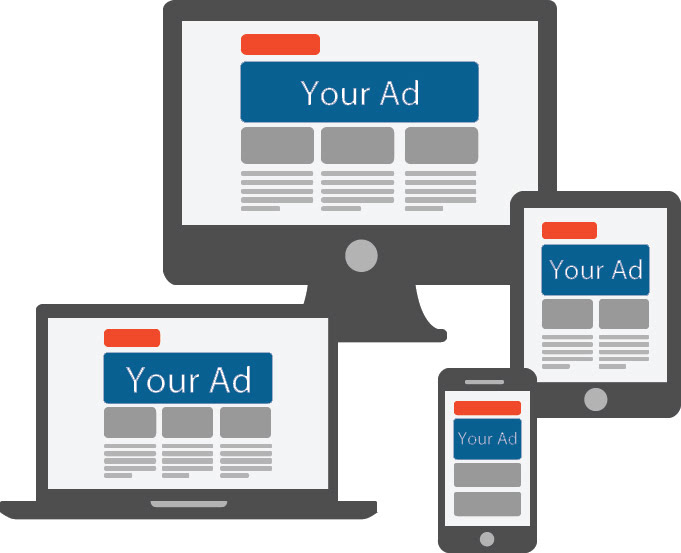Unlocking Marketing Success: A 15-Step Guide to Predictive Analytics
In today's dynamic marketplace, data-driven decision-making is no longer a luxury—it's a necessity. Predictive analytics empowers marketers to move beyond reactive strategies and embrace a proactive, results-oriented approach. By harnessing the power of advanced algorithms and statistical modeling, businesses can analyze vast datasets to anticipate future trends and optimize marketing campaigns for maximum impact. This comprehensive guide outlines fifteen crucial steps to effectively integrate predictive analytics into your marketing strategy.
1. Define Clear Objectives: Before embarking on your predictive analytics journey, clearly articulate your marketing goals. Are you aiming to boost customer acquisition, enhance retention rates, or refine campaign performance? A well-defined objective serves as the compass for your entire analytical process.
2. Identify Key Data Sources: Pinpoint the data sources most relevant to your objectives. This could encompass customer demographics, purchase history, website analytics, social media interactions, CRM data, and more. The comprehensiveness and accuracy of your data directly influence the reliability of your predictions.
3. Data Cleansing and Preprocessing: Data quality is paramount. Thoroughly cleanse and preprocess your data to eliminate inconsistencies, errors, and outliers that could distort your analysis. This crucial step ensures your predictions are grounded in reliable information.
4. Model Selection: A range of predictive models exists, including regression analysis, decision trees, neural networks, and ensemble methods. Choose the model best suited to your specific objectives and data characteristics. Consider factors like data size, complexity, and the desired level of prediction accuracy.
5. Model Training: Utilize historical data to train your chosen model. This process allows the model to learn patterns and relationships within the data, enabling it to make accurate predictions on new, unseen data. Ensure your training dataset is sufficiently large and representative of your target population.
6. Model Validation: Rigorous validation is critical. Use a separate dataset (holdout set) to assess your model's accuracy and identify potential biases or overfitting. Common validation techniques include cross-validation and testing on an independent dataset.
7. Generating Predictions: Once validated, your model can generate predictions based on new data. These predictions inform data-driven decisions, such as targeted customer segmentation, personalized content creation, and optimized pricing strategies.
8. Continuous Monitoring and Evaluation: Predictive analytics is not a one-time endeavor. Continuously monitor your model's performance and evaluate its accuracy. Regularly update and retrain your model with fresh data to maintain its predictive power and adapt to evolving market conditions.
9. A/B Testing for Optimization: Implement A/B testing to compare your predictive model's performance against alternative marketing strategies. This allows for objective measurement of its impact and facilitates iterative improvements.
10. Integration with Marketing Automation: Integrate your predictive analytics insights into your marketing automation platforms to enable real-time decision-making and automate personalized campaigns based on predicted customer behavior.
11. Audience Segmentation: Leverage predictive analytics to segment your audience based on their predicted likelihood to convert, churn, or engage. This granular segmentation allows for more effective resource allocation and targeted messaging.
12. Customer Lifetime Value (CLV) Prediction: Estimate the potential value of each customer over their entire relationship with your business. This valuable insight enables prioritization of high-value customers and tailored engagement strategies.
13. Marketing Spend Optimization: Identify the channels, campaigns, and strategies delivering the highest return on investment (ROI). This data-driven approach optimizes your marketing budget allocation for maximum impact and efficiency.
14. Demand Forecasting: Predict future demand for your products or services. This allows for proactive inventory management, production planning, and marketing strategies that align with anticipated market needs.
15. Continuous Improvement and Adaptation: Embrace a culture of continuous learning and improvement. Regularly gather feedback, analyze prediction results, and refine your models to stay ahead of the competition and adapt to evolving market dynamics.
In conclusion, predictive analytics is transforming the marketing landscape. By diligently following these fifteen steps, businesses can harness the power of data to optimize marketing strategies, enhance customer engagement, and drive significant business growth. Embrace the potential of predictive analytics and unlock a new era of data-driven success.



